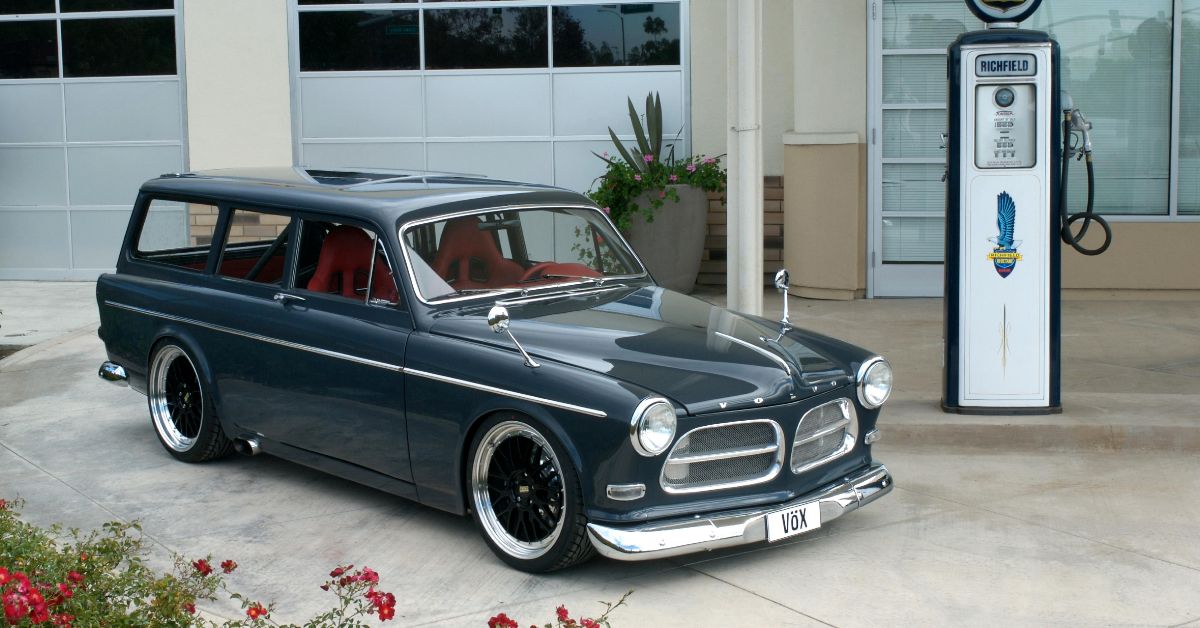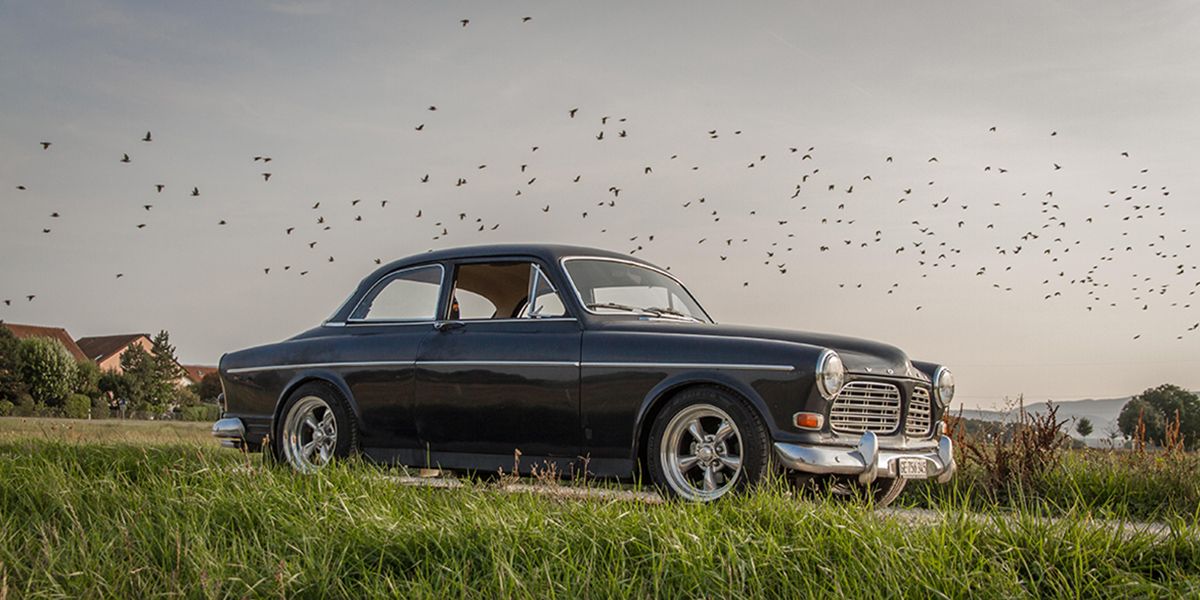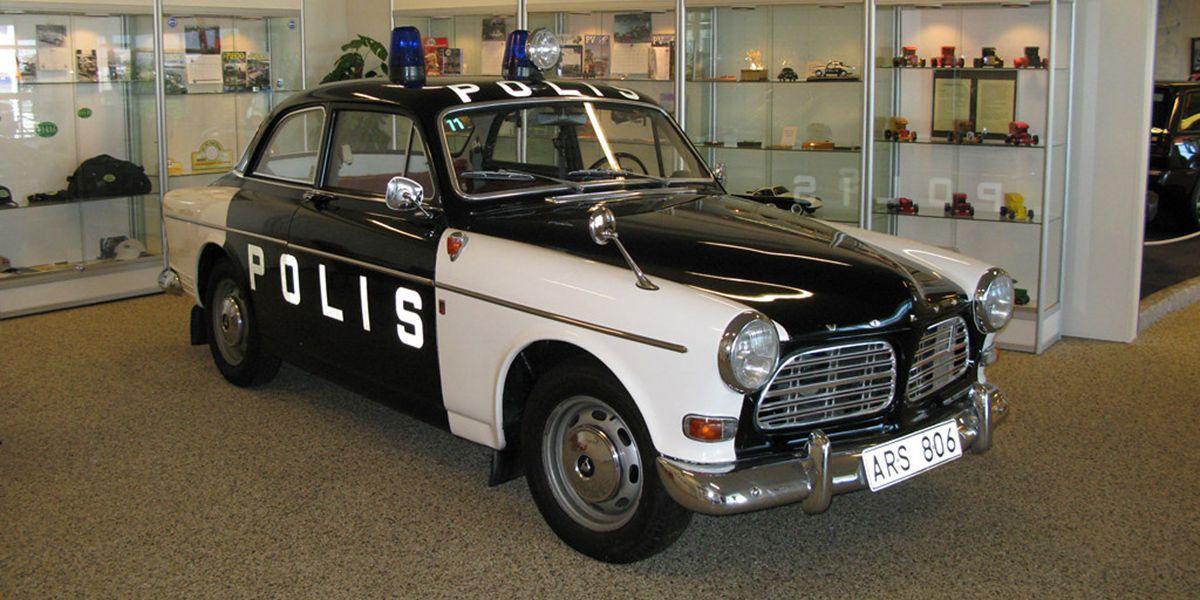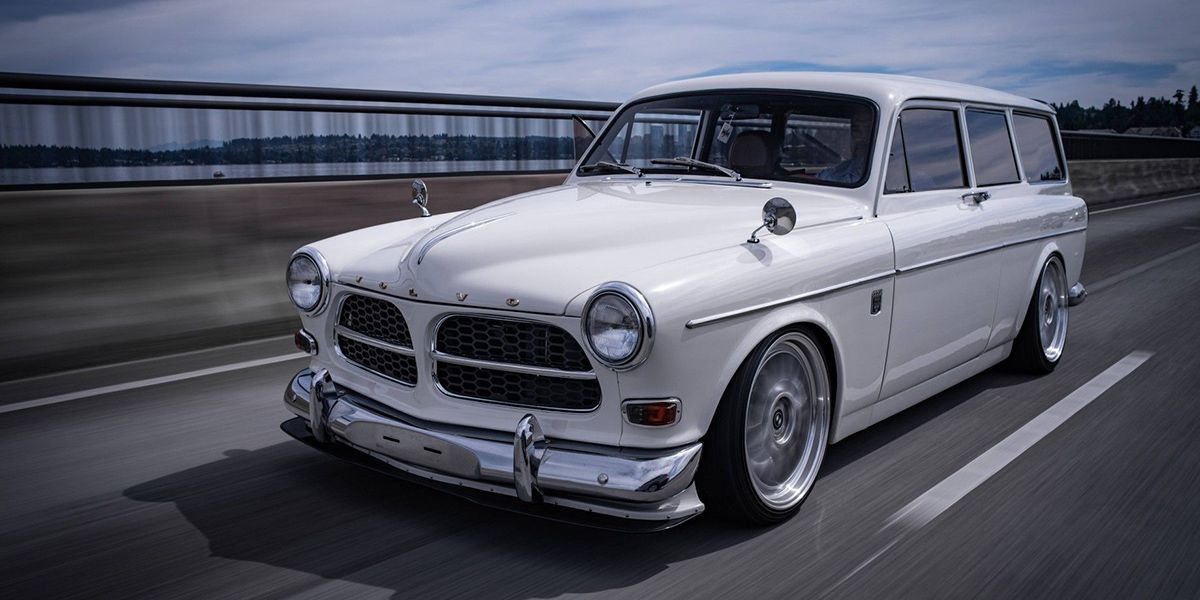The Volvo Amazon lasted from 1956 to 1970, churning out over 660,000 examples of itself in 14 years of production. You cannot call it wildly popular when it comes to sales numbers, but for Volvo, with over 60% of these cars imported to international markets, it was a runaway success.
At the introduction itself in the US in 1959, the car looked a wee bit familiar, mostly because Volvo Amazon took some styling cues from the Chrysler 300C and the New Yorker sedan. But there was something about the Volvo Amazon, sold as the Volvo 121/122 many countries that marked a shift in design in European cars.
For the ‘50s and then the ‘60s, the Amazon churned out not just performance but did so well-balanced with luxury, making it quite the cool car back then and even now.
So here’s what we know about the Volvo Amazon and how it became a gamechanger in the world of automotive design. Oh, and Keanu Reeves has one of these...
The Volvo Amazon Origin Story
The boring looks of Volvo cars like the V70R, made people associate this brand with avuncular and safe cars, though they were always powerful. But in the ‘50s, Volvo came up with the Amazon, a car that was both fast and safe, drove precisely, and looked good while it did that.
The Amazon, which Volvo initially spelled as Amason, comes from a tribe of warrior women so found in Greek Mythology or rather as you would explain it to the kids of today, from the tribe of DC’s Wonder Woman. There have been references to the Amazons in Greek and Roman history as well, so it's not as if these women existed only in musings and fantasy.
Volvo may have wanted to take on the stalwarts of American automotive history with their powerful little girl and this Amazon delivered on every promise that Volvo made for it…
In the US, Amazon was marketed as the Volvo 122S and there’s a reason behind this name change. At the time, a German motorcycle company Kreidler made the Amazone moped and was unwilling to let the name go.
So a deal was struck and in Sweden and the Nordic countries, the car sold as the Volvo Amazon while in the US and other international markets, it went with a number.
The Convoluted Design History
No one person can solely be attributed for the Volvo Amazon’s success though you can congratulate Jan Wilsgaard for the cohesive bringing together of what was a smorgasbord of ideas.
The first design element came from the Wilsgaard-designed Volvo Phillips, which weighed more than 1,500kg and carried a 3.6-liter V8, jetting only 120 horses. Since the power was lackluster, Philip remained a prototype.
Now Wilsgaard began a new car based on the Volvo PV444/PV544 but with a new body and a not-so-stellar engine, this car too proved promising until the prototype was crashed and destroyed. Meanwhile, another designer, Helmer Petterson was also reworking the PV444, and he made the PV454 prototype with a split front grille.
Yet another designer, who wasn’t even working for Volvo at the time was making a car using the floor pan and mechanics of a PV444, but with a body designed by Giovanni Michelotti and built by Vignale. This car was the Volvo Elisabeth.
But since this car was proving too expensive as a two-seater coupe, and Volvo wanted the new car to be bigger, things were still being played with. Volvo even got the Elisabeth II made by coachmaker Vignale as a four-seater, but this proved to be very costly as well.
Now Wilsgaard had a whole lot of ideas of in front of him and he blended them beautifully, front split grille and all, and in 1954, the first idea of the Volvo Amazon took shape.
The USP Of The Volvo Amazon
In 1959, all Volvo Amazons began to bear a three-point safety belt, and it was a big deal at the time. The engine was a 1.8-liter and its twin-carburetor version reached 90-100 horses, making the Volvo great fun to drive at high speeds. The handling was precise and the Volvo was very well-balanced be it a four-door, station wagon, and the best-selling coupe. Sports versions of the Amazon dominated European Rally championships in their heydays.
Was it the fastest thing on the road? No, but it was the most comfortable car at high speeds, with seats coming with adjustable lumbar support as well. Built like a tank but not driving like one made the Volvo Amazon stand out from the rest.
The rarest of them all is the Volvo 123GT coupe that made 115 horsepower in 1966 and weighed 1,050 kilos. Top speeds of nearly 112mph made it a darling buy for anyone looking for speed, coupled with safety and luxury.
Fancy this vintage car? You can have it for under $10,000.
Sources: CarBuzz, Silodrome, Dyler




